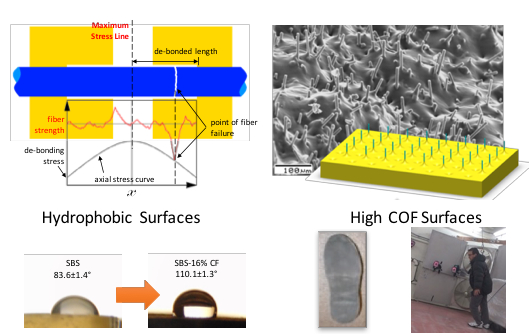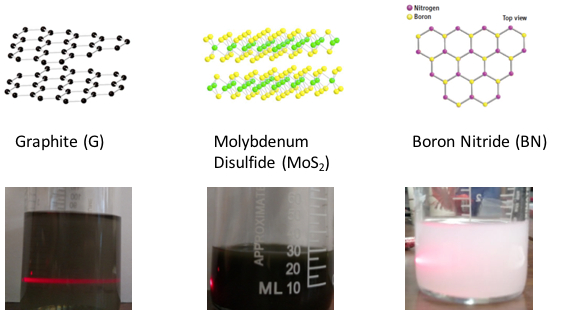"Damage Induced Surface Texturing of Composites"

Surfaces play an important role in the functioning of engineering materials and devices. Common examples of functional surfaces in nature include the lotus leaf, gecko feetpads, shark skin and butterfly wings. To obtain the appropriate surface functionalities, several surface texturing techniques such as laser ablation, photolithography and spray based technologies can be used, each with its own advantages and disadvantages. Recently, we have developed a low cost method of texturing composite materials to create surfaces with added functionalities. The benefits of our technique is that it is low-cost and could be easily integrated into existing compoiste manufacturing processes. We are investigating the scale-up of this technology along with its applications in healthcare devices.
"Graphene Based Transient Electronics"
![]()
Transient electronics are electronic devices with the ability to disintegrate/dissolve in a programmable manner, usually over a short period of time. Their by-products, after any dissolution, are usually harmless and benign, and hence they are an attractive approach to the global e-waste problem, especially for low-cost, one-time use devices such as RFID tag antennas. Achieving adequate electrical properties whilst maintaining transience is a significant challenge and focus of our research. In this regard, we use various carbon-based materials and carbonization methods to push the edges of the transient electronics research.
Previously, we used metal reduction method to reduce Graphene Oxide (GO) film coated on an RFID-shaped template and an aluminum substrate. Link to publication
![]()
![]()
Recently, laser has been used to carbonize RFID shape on a film made of composition of GO and Sodium Lignosulfonate.
"Exfoliation of 2D Materials"

2D materials research and applications are proliferating at an astounding rate. A large amount of applications have emerged where 2D layered materials can outperform other contender materials. However, new production process at a fraction of current costs should be sought in order for widespread, everyday use of 2D layered materials. We are investigating various mass-production techniques of synthesizing single and few layers of 2D layered materials, such as Graphite, Molybdenum Disulfide and Boron Nitride.